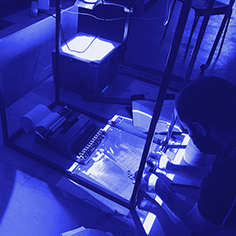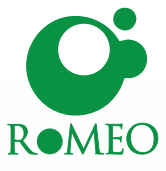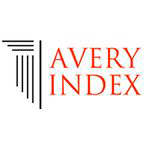A Dinner Story
A feast on tableness and visceral hands
Abstract
This story has emerged as an outcome of a hybrid workshop entitled “A Feast on Tableness and Visceral Hands”, conducted both online and face-to-face in a physical environment as a response to the Covid-19 precautions, between August 16th-27th, 2021 with fourteen participants. Rather than splitting the group into two distinct groups, we aimed to create a hybrid collaboration between the two seemingly separate realms through several projective montage techniques, with the hope to set a critical drawing practice in architecture.
The workshop invited the participants to venture into a dream of consecutive feasts and its tables, exploring ‘a spatial viscerality’ through variegated experiments on obscure relations between eating, speaking and drawing. Commencing with challenging the dilemma between eating and speaking, which reflects the traditional opposition between the bodily realm of food and the intellectual realm of the ‘word’, the workshop critically suggested exploring the liberating modes of macaronic speaking: speaking while eating, misreading texts and transcribing the visceral sound of the mouth. As Manuela Antoniu (2017) draws our attention, that although macaronic languages - or more specifically macaronic Latin is closely related with kitchen Latin, ars macaronica could be interpreted as another quest for a “non-Latin Latin” (p.38). She (2017) writes, “exploiting the etymological proximity between Latin and Italian, macaronic Latin poured the former into the mold of the latter while also using words common to both languages, yet perverting them semantically, to comic effect.” (p.39) Thus, this “macaronic inventiveness”, plays with the fixed-form of a language and transforms it into a playful, unconfined narrative that encourages several delays in understanding the text. This ‘delayful’ act dissolves simultaneously authorial boundaries and opens a variety of interpretive acts of mis-reading and mis-writing.
The feasts as gatherings became the spatiotemporal set for these inventive acts. As Jeanneret (1991) points out, “The symposiac ideal reconciles the angel and the beast in the human, and it renews the interdependence between the mouth that eats and the mouth that speaks.” (p.2) Extending the macaronic actions into the realm of architectural drawing, we open a playful exchange between the material and the immaterial through hands-on speculations on the viscerality of drawings, hands, tables and table talks. With these intentions, foods, mouths, texts, drawings, tablecloths, fridges, hands and bellies are blended together. Thus, as we proceed with each feast, all these aforementioned ingredients appear in the hybrid workshop-studio sometimes as sites, sometimes as tools and sometimes as materials to bear visceral explorations of the macaronic speaking with regard to architectural drawing.
The question of visceral hands is posed in an allegorical skillset in ambition to challenge our modes of making and drawing in architectural design practice. Acquiring a simultaneity of multiple meanings (Haralambidou, 2007) and playing with the construction of text (Bloomer, 1993), allegory calls for an indecisive multiplication, a re-narration and mis-construction in its critical nature. Following personal explorations in macaronic experience, the participants looked for a multiplication of possible authors, readers and texts of a drawing by re-narrating their macaronic personas embodying the mis-constructed double of their hands through a macaronically-skilled tool.
Exploring the possibilities of macaronic inventiveness also through the projective audio-visual, haptic juxtapositions of online and face-to-face participation, the set transforms into a spatiotemporal act that welcomes polyphony with no systematic order: moving cameras, moving projectors, delayed network connections critically challenge the boundaries of drawing, hand, body and table. Thereby the feasts become a venture for a ‘non-Table Table’ that breaks the fixed-form of architectural drawing set into a playful, delayful dinner story.
Entailing a dinner story as a magical mis-construction that “escapes the possibility of narration” (Cixous, 2013), the feasts open space for possibilities of a non-Table and call for a critical drawing practice.
Downloads

Downloads
Published
How to Cite
Issue
Section
License
Copyright (c) 2024 Bahar Avanoğlu, İpek Avanoğlu

This work is licensed under a Creative Commons Attribution 4.0 International License.
The authors keep their rights upon their work, although they transfer, in a non-exclusive way, the rights of exploitation (reproduction, publication, distribution, public dissemination and presentation) to the Journal. The authors are, therefore, free to enter additional, separate contracts for the non-exclusive distribution of the version of the work published in the Journal (for instance, by hosting in an institutional repository or publication in a book), provided credit is given that the work was initially published in this journal. The works are published under a Creative Commons Attribution 4.0 (CC BY 4.0) license.











